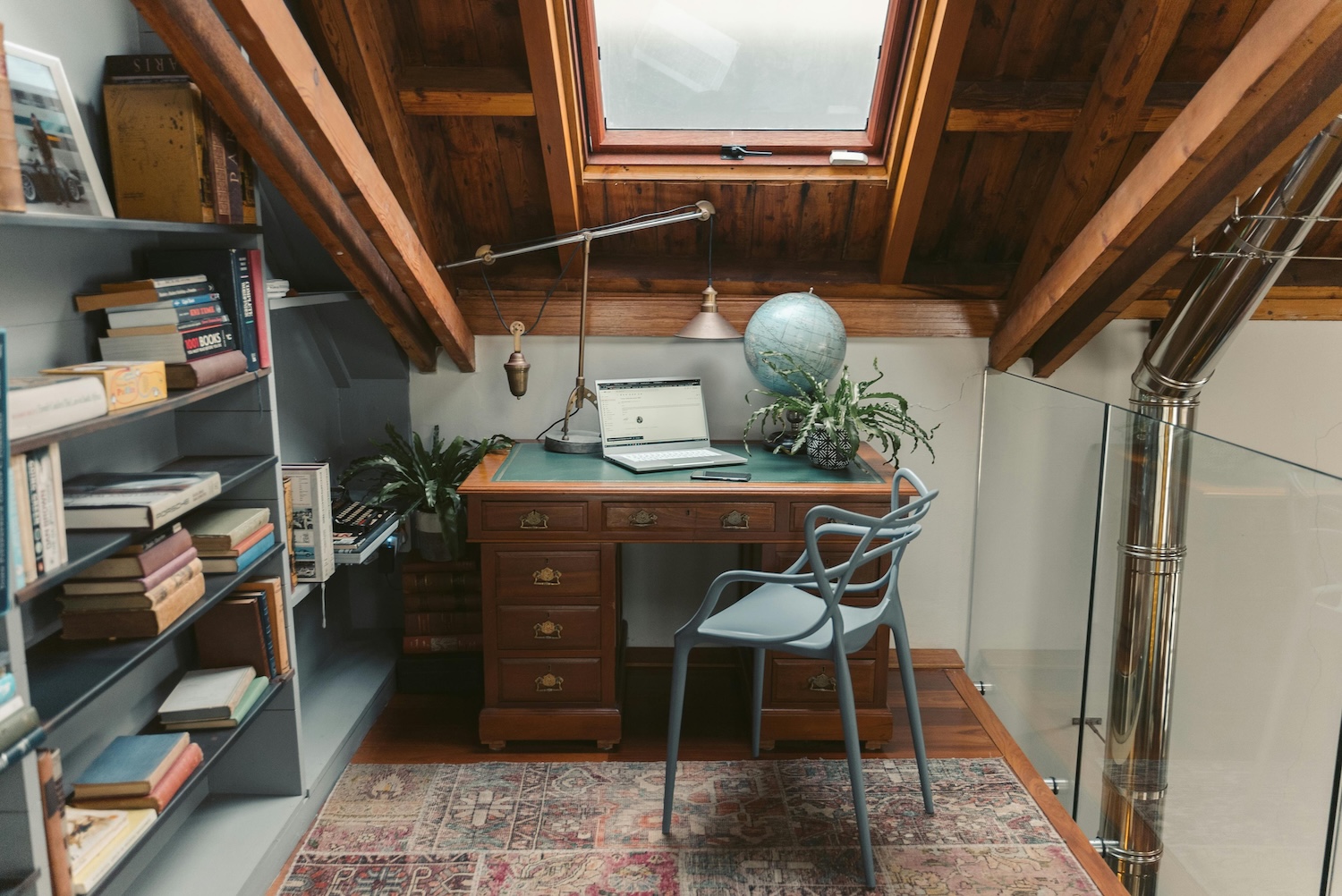Five ways to expand your vintage-selling brand
Diversify your shop's offering with one of these services
You’re sourcing, you’re selling, you’ve got the social media side down pat — now what? Have you considered how you might be able to expand your vintage-selling business beyond online selling or in-person shopping experiences?
Brand extensions can help to build awareness among your clientele, reach new segments of the market, and make you the go-to source for buyers. Engage with your community to understand what value-adds your customers are looking for.
A good tip is to start small with one additional offering, focus your promotions and scale it before adding another service.
Here are our top five ways to boost your vintage-selling business:
1. Custom sourcing
Encourage your buyers who are looking for specific items to connect with you, and keep a list of items to consult while you are on sourcing trips. Have clients be specific — if you’re going to do this extra legwork, you want to make sure that they are going to be happy with the final item.
Type of piece, measurements and style are all a given, but get a sense of what they are willing to overlook should you come across something that fits the bill in less-than-stellar condition.
Set a sourcing fee for the item, whether it’s a percentage of the item’s resale value or a flat fee, and communicate that to the buyer up front.
2. Private shopping
Book private shopping appointments so that clients can browse in-store, in-studio or at a mutual location of your choosing if you don’t have a physical space.
This lets people look through your inventory at their leisure, and gives you as a seller the opportunity to make suggestions, help with styling or answer questions in a more relaxed environment.
Another way to achieve this customized experience is to accept measurements from clients via direct message on Instagram or wherever you have an online presence. Then you can rifle through your inventory and suggest pieces specifically in your buyer’s size, or that will fit their space.
3. Styling
Buyers favour particular sellers for what’s in their inventory. If you do curation and visual merchandising, your customers may be interested in more than the individual pieces — they might want to cop your overall aesthetic, too.
So if you spend hours setting up creative shoots for your vintage business’s social media page, consider offering styling services to help clients get the look they love in their own homes or wardrobes by evaluating what they already have and suggesting items that might work.
Continued below
Get promotional opportunities for your shop or service
Learn more
Continued from above
Mixing vintage pieces with everyday modern items can be daunting for the average buyer, but as the curators, you’re the experts. Styling services are a great way to spread your knowledge and establish yourself as an authority in the market.
Styling services can start at a couple hundred dollars and increase from there, depending on experience and whether you’re simply offering suggestions or doing a complete overhaul.
4. Collaborations
Many vintage sellers periodically work with local artisans, makers and creators on brand collaborations, joint product launches, pop-up markets and more. Consider partnering with other sellers in your area to network, brainstorm and do business together.
For buyers, these partnerships are a gateway to find other small businesses of interest, and they're a great way to shop local.
It’s as simple as building connections — strike up a conversation with a fellow seller online, and see where it takes you. But don’t expect every interaction to be a means to an end — relationships take time, and partnerships need to be mutually beneficial for everyone.
5. Rentals
If you’re harbouring some “wow” statement pieces that would be perfect for a party or event, give some thought to rentals as an add-on to your business.
When setting prices for rentals, be sure to build in the cost of delivery, steam cleaning or other repairs that may be required.
Sarah King, owner of The Boho Abode, a vintage shop in Brockville, Ont., rents a number of furniture pieces, including a double-wide wicker peacock chair popular for weddings and events.
“When I got married, I found there was no business out there that had a lot of curated rentals that were primarily vintage items,” she says of her decision to offer rentals.
In fact, King did the reverse – she opened her rentals business first, and then transitioned to selling vintage full-time after the pandemic hit and no one needed rentals anymore.
“It was kind of the stepping stone to where I am today because the items that I was curating for my rental line are exactly what I source now for my store,” she says. Rentals remain a way to supplement her income from the bricks-and-mortar shop.
“Invest in yourself, invest in your brand,” King advises. “Stay authentic to you and just remember that it's all magical and it's within reach.”
Are you considering value adds for your business? Let us know in the comments!
Thank you for valuing our work!
Support our work to see this page.
You’ve got a good eye, but this gem is only available for members. Register for a plan or upgrade your current one to peek behind this vintage curtain, or log in below.
















